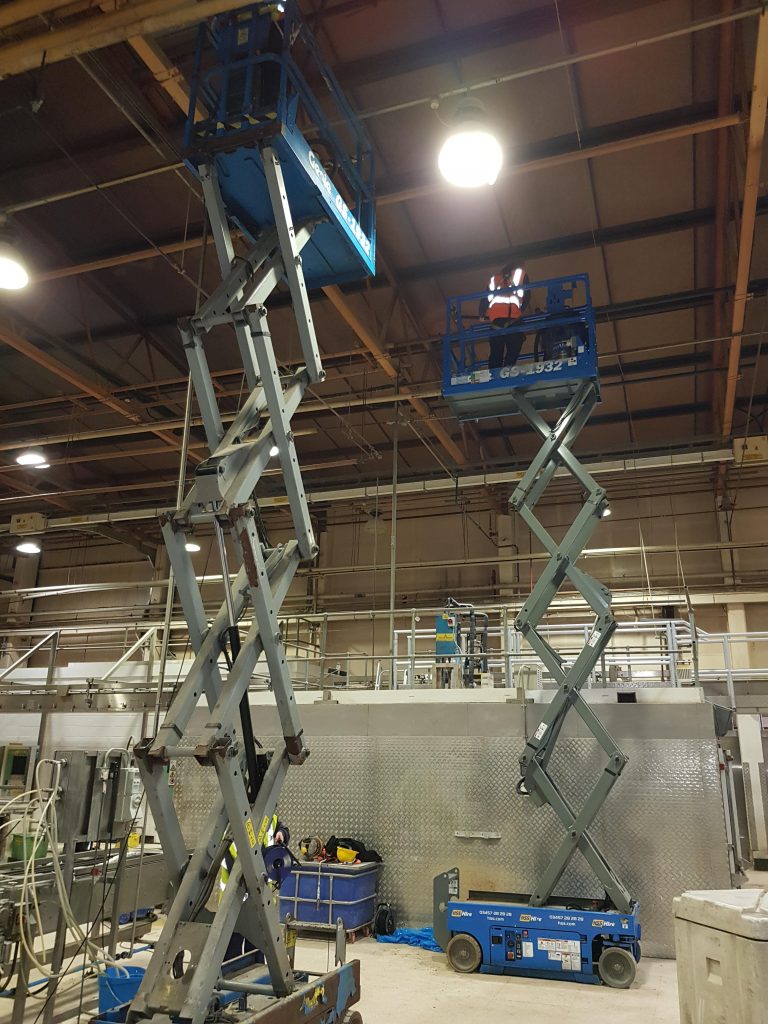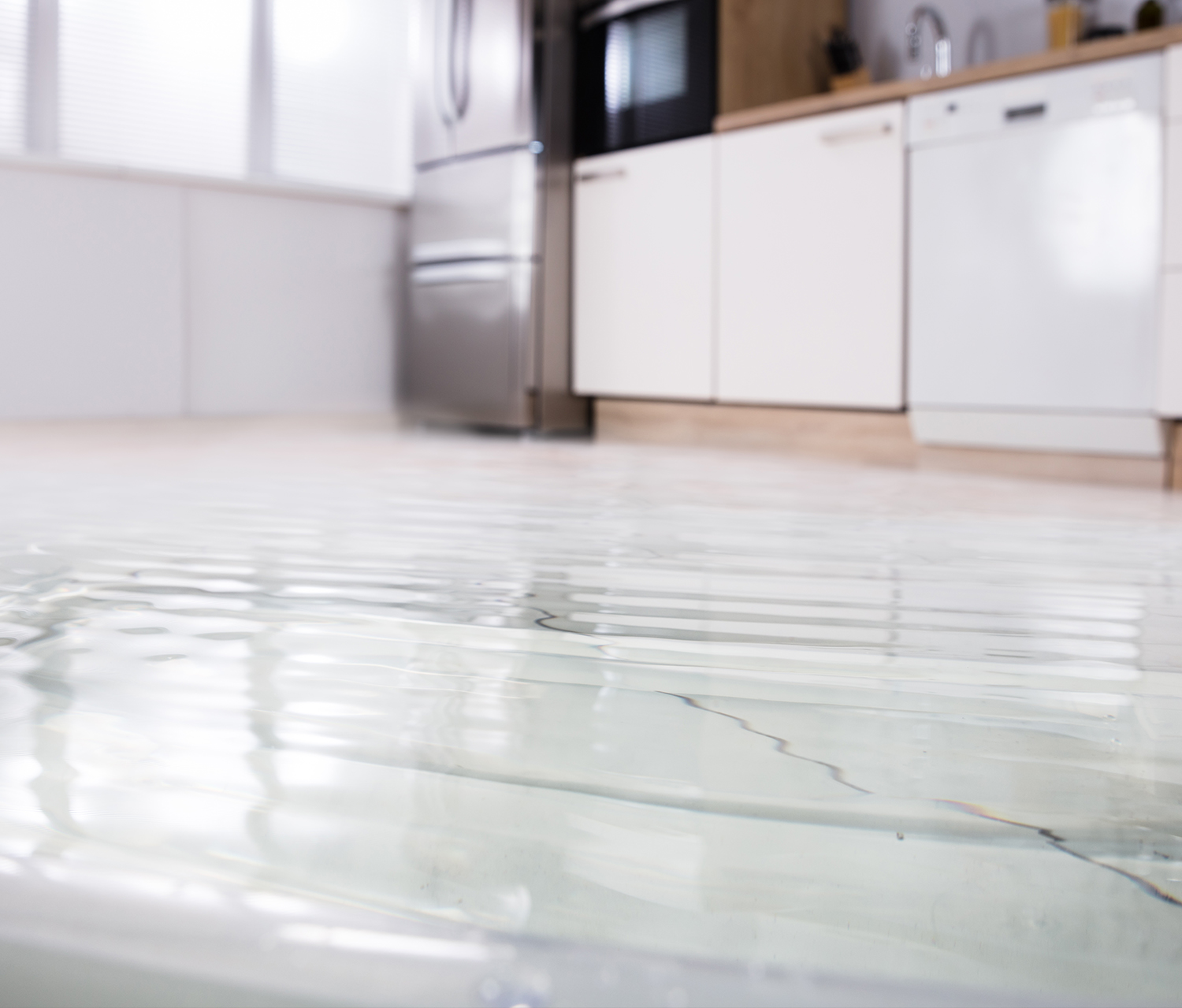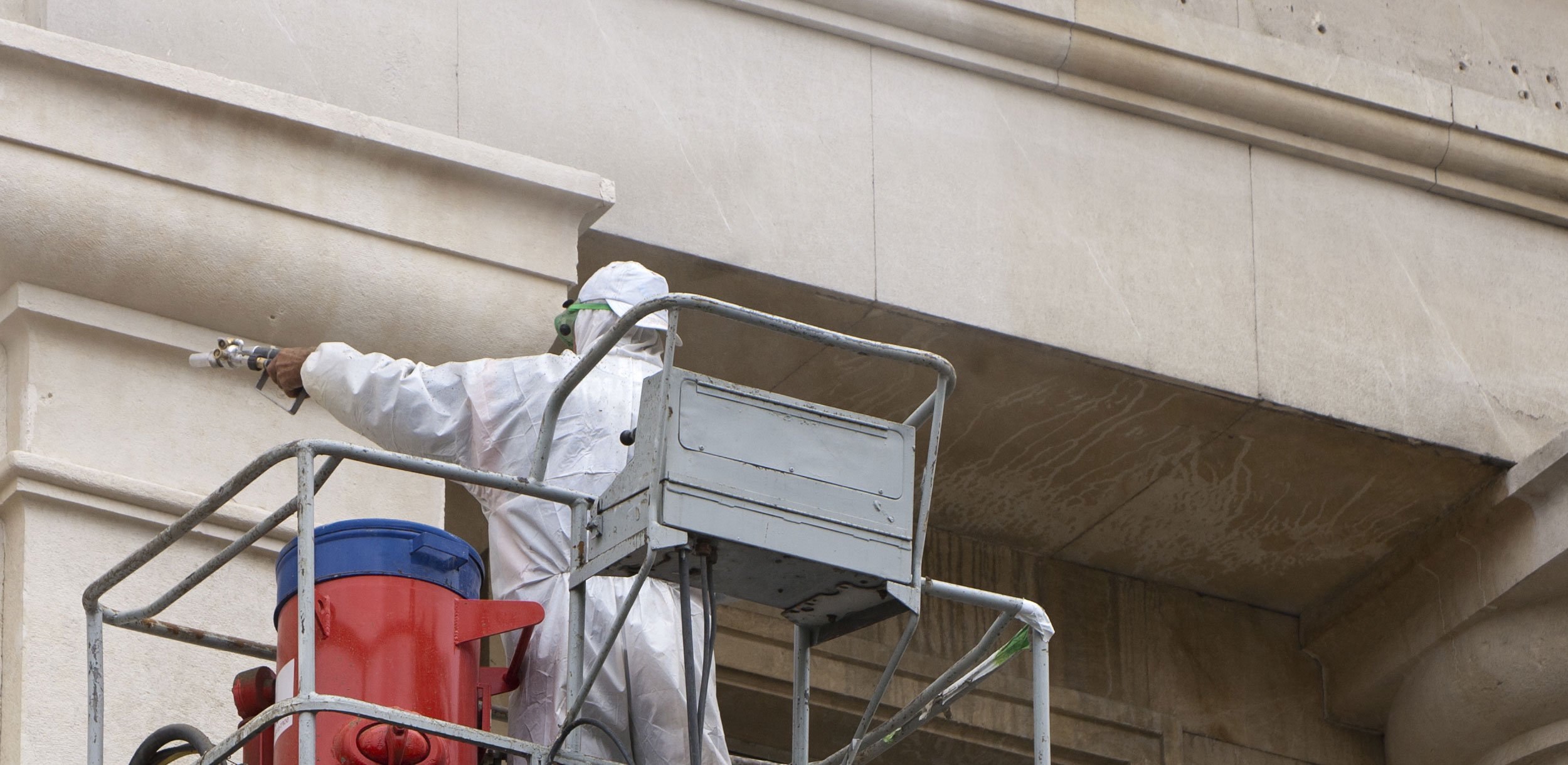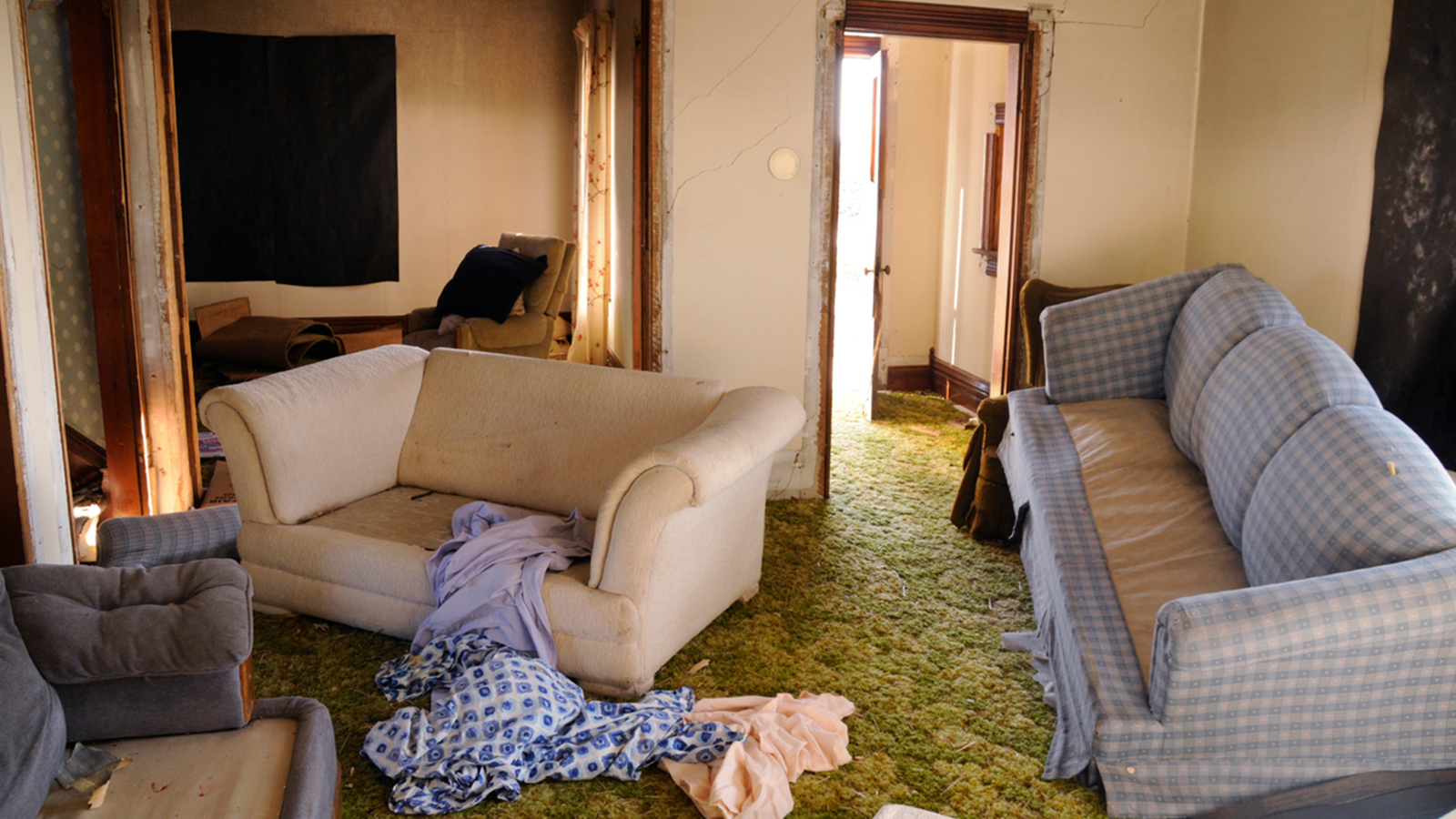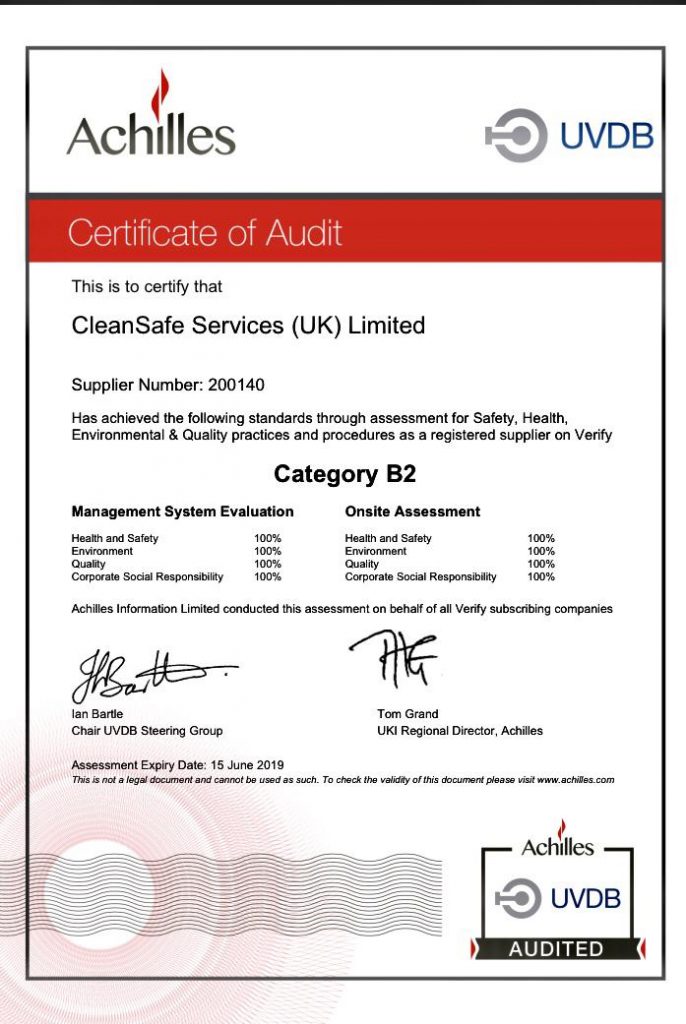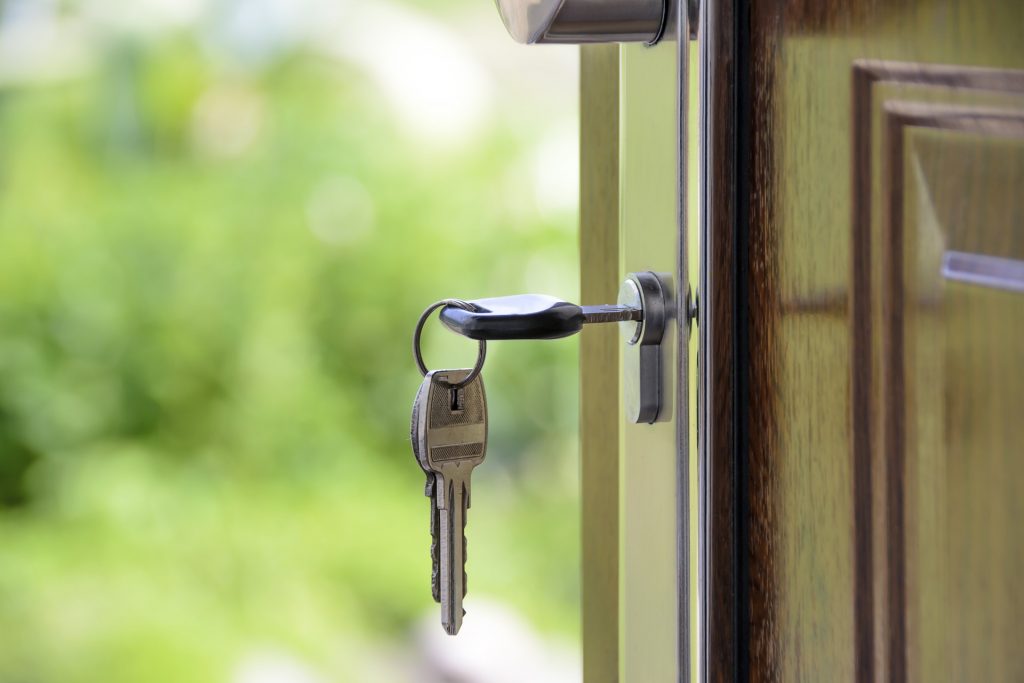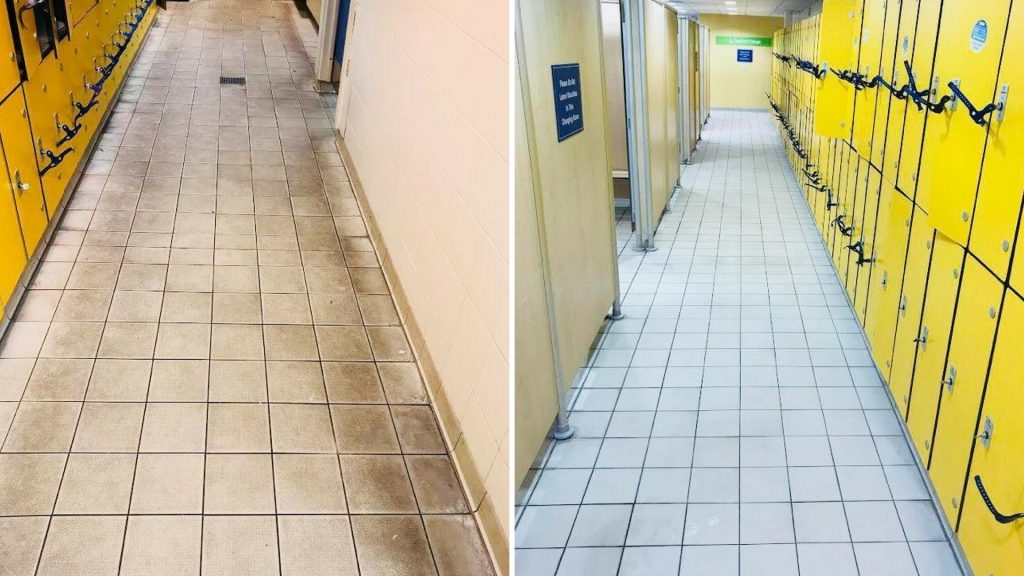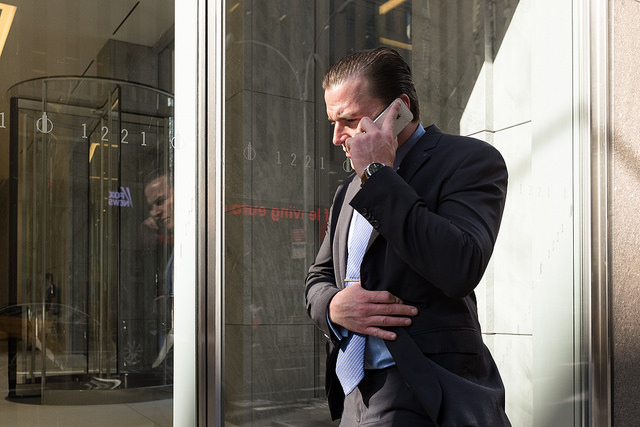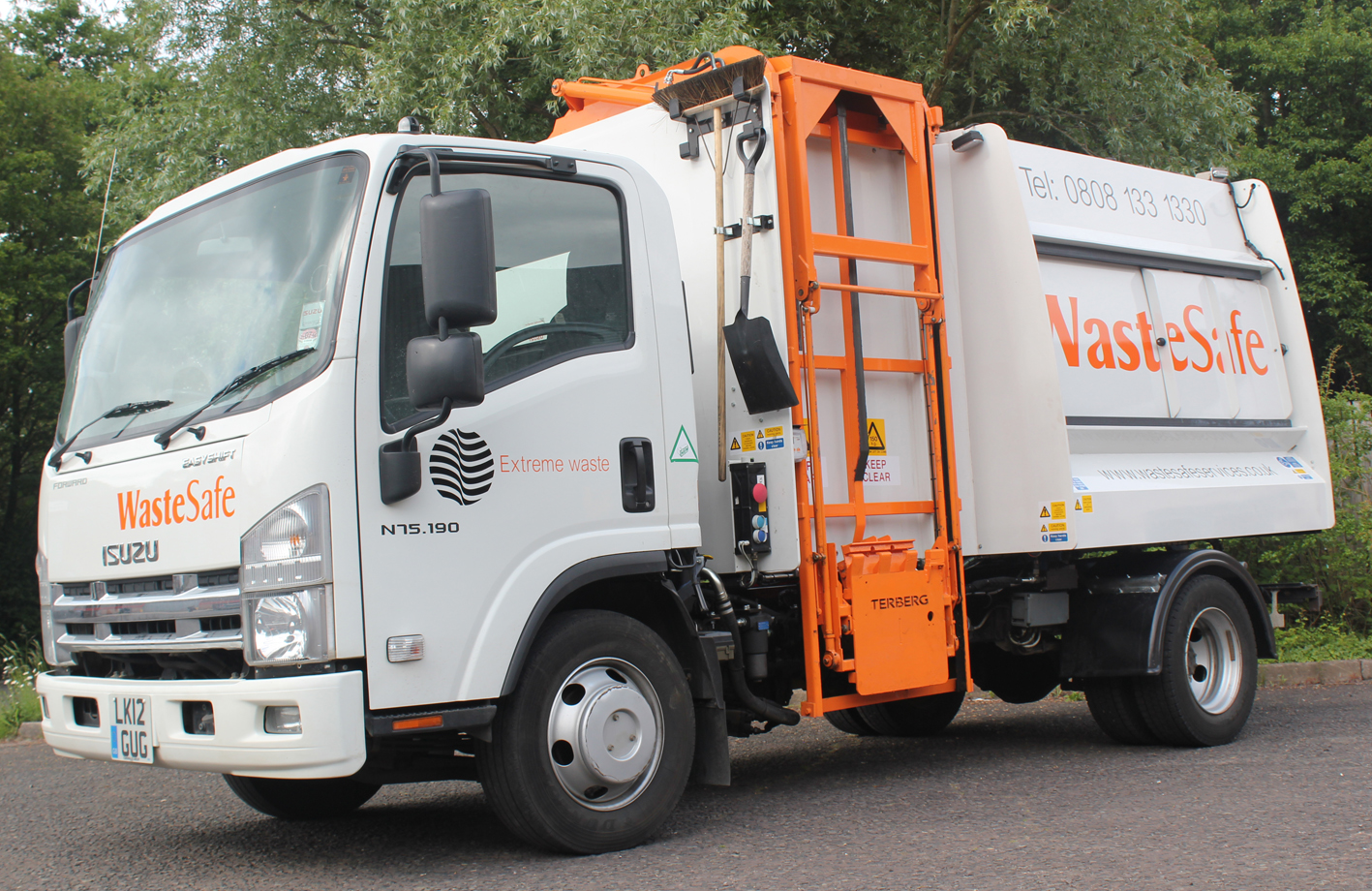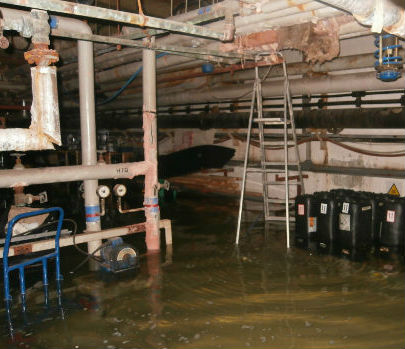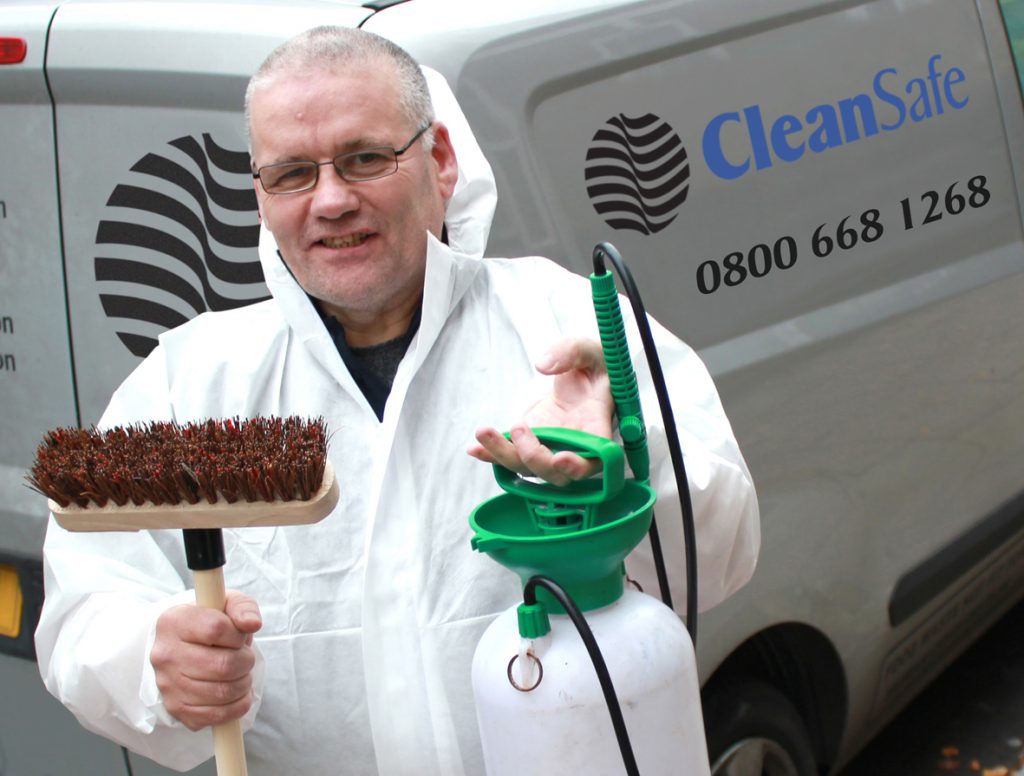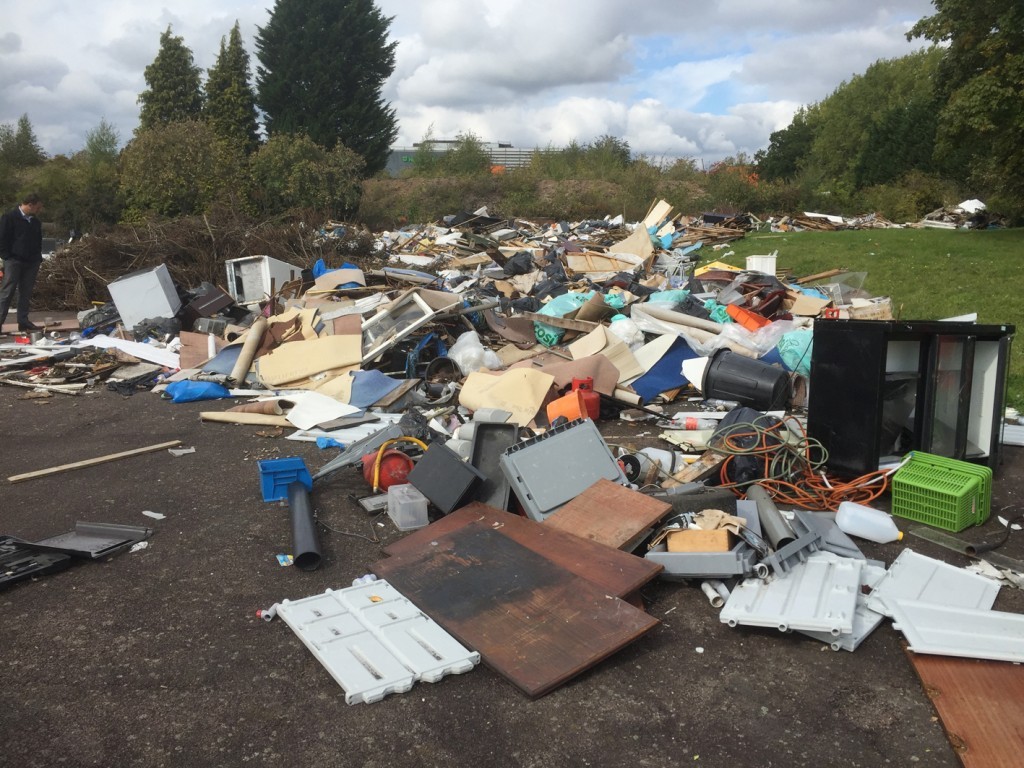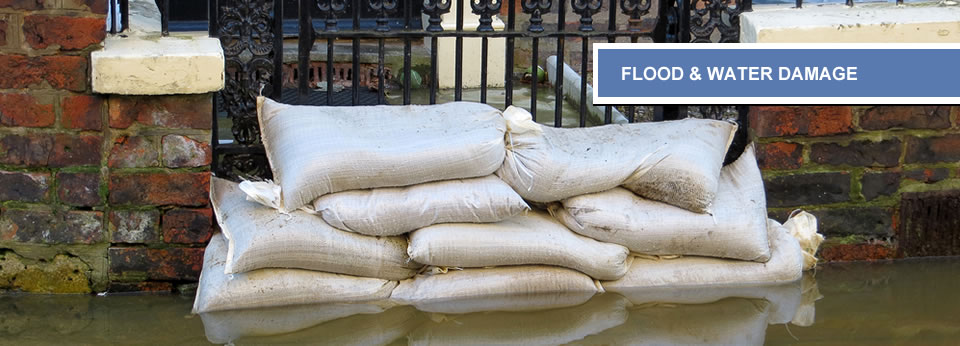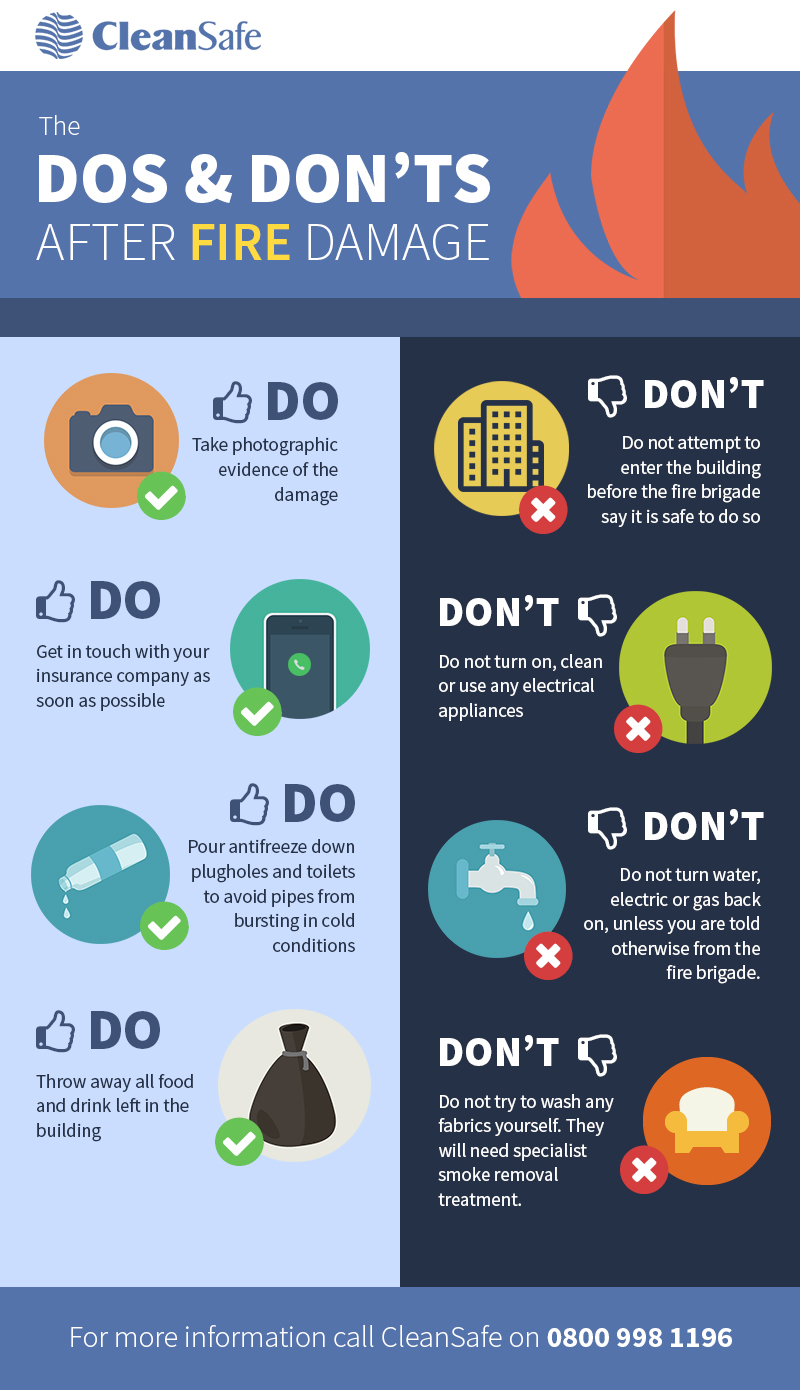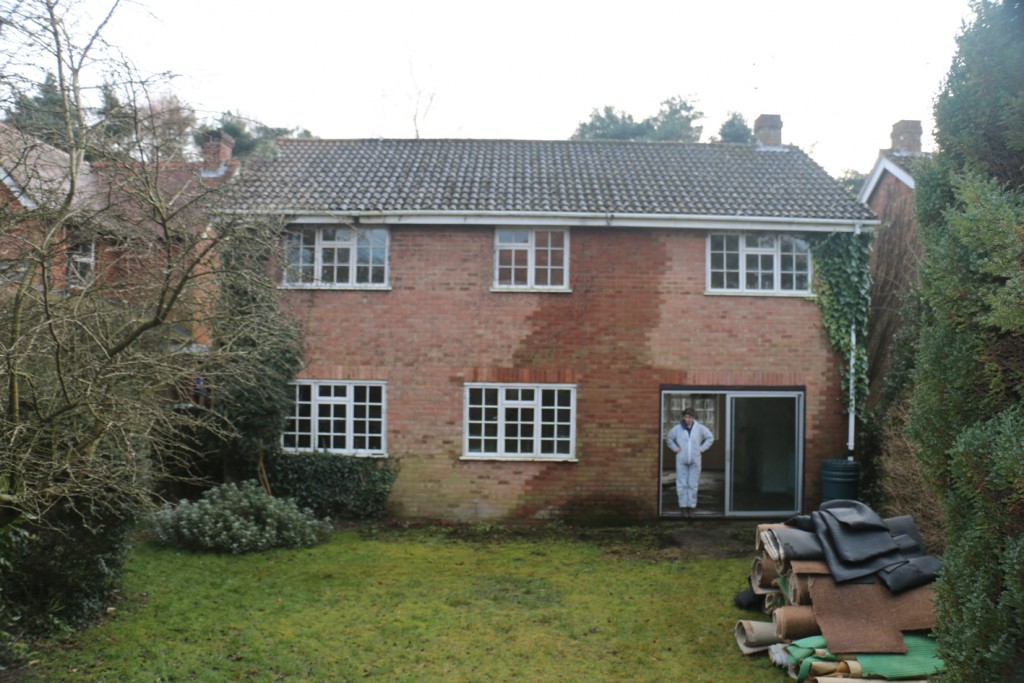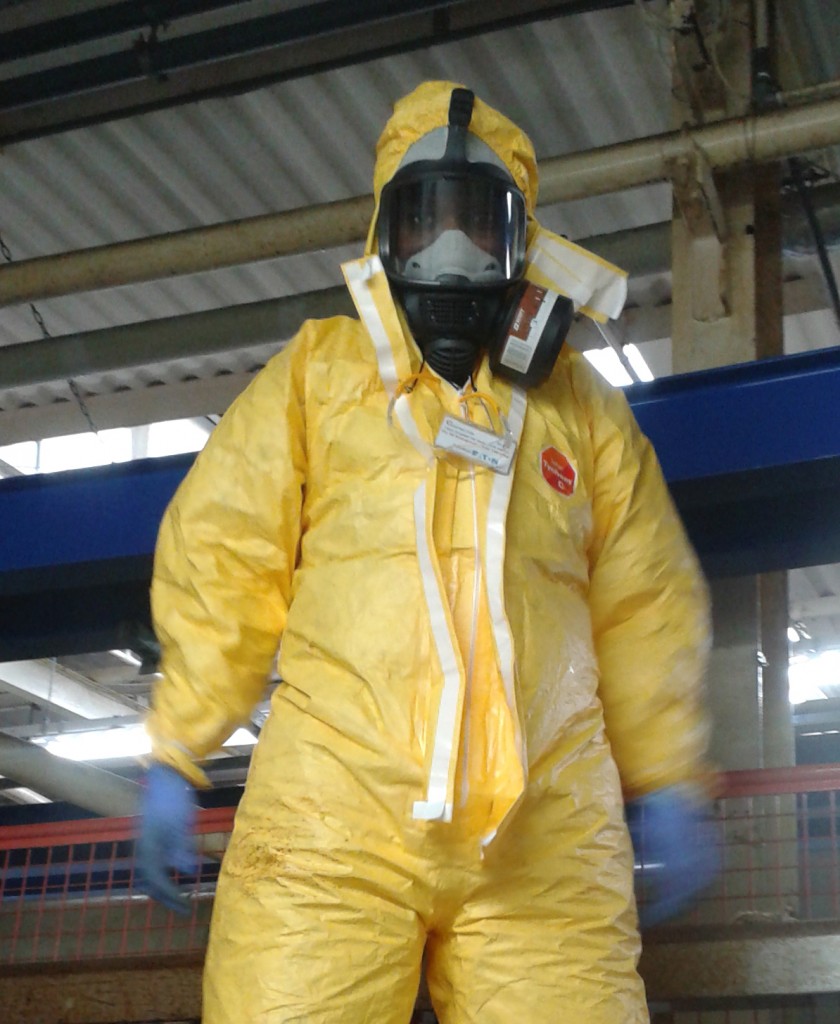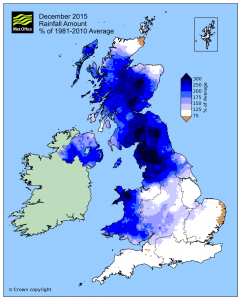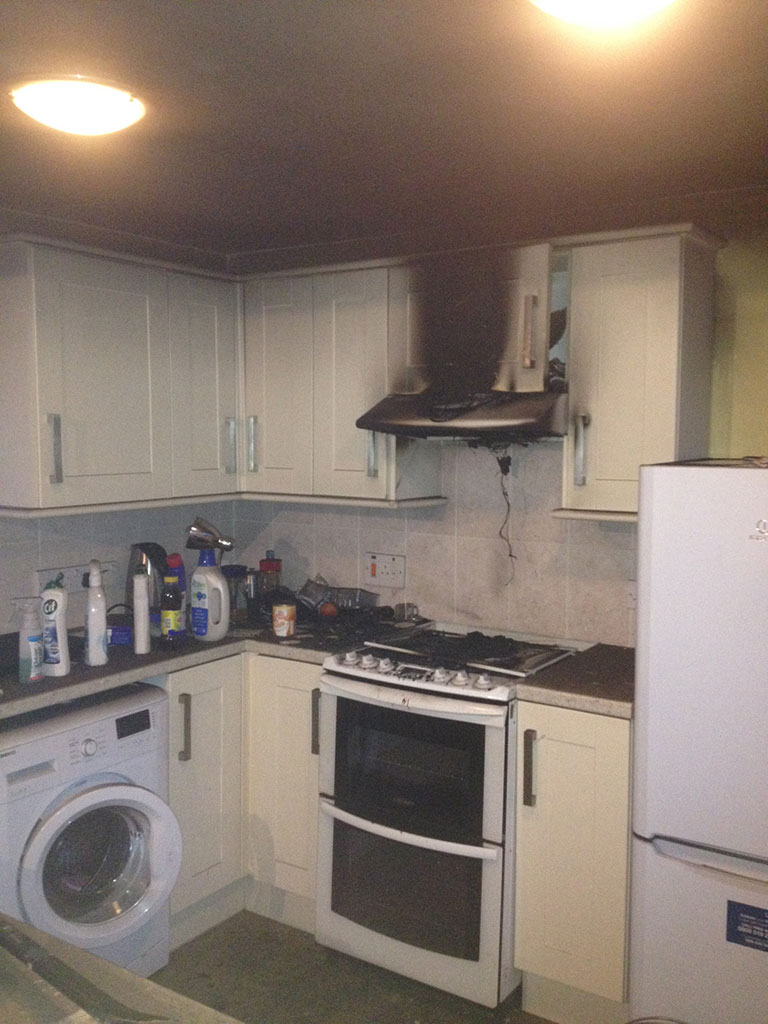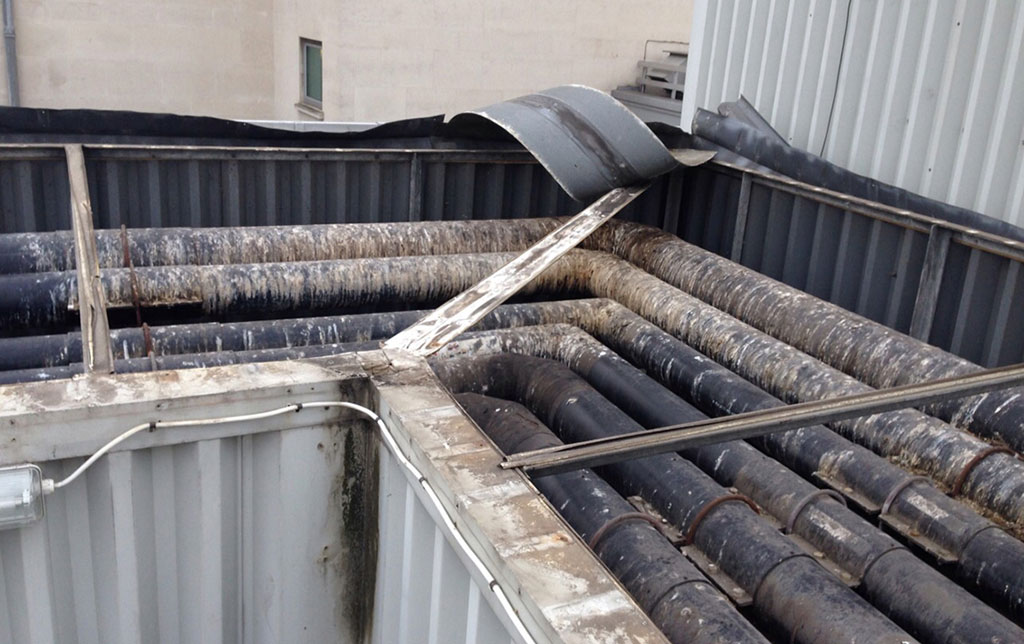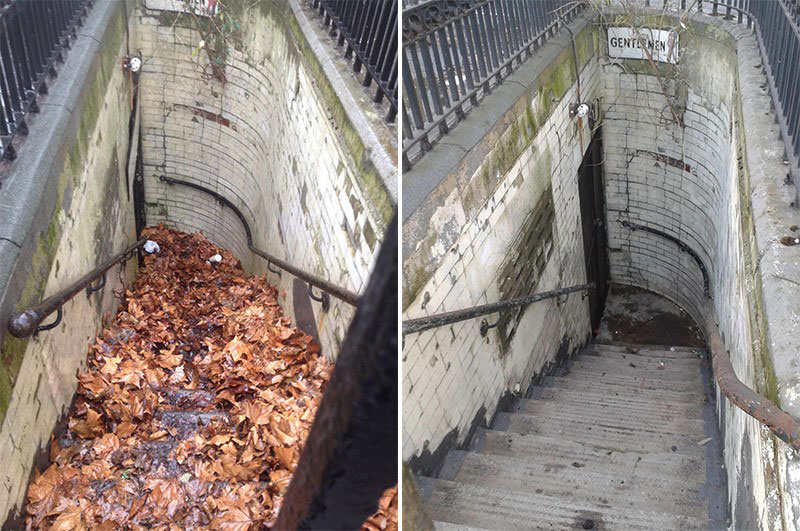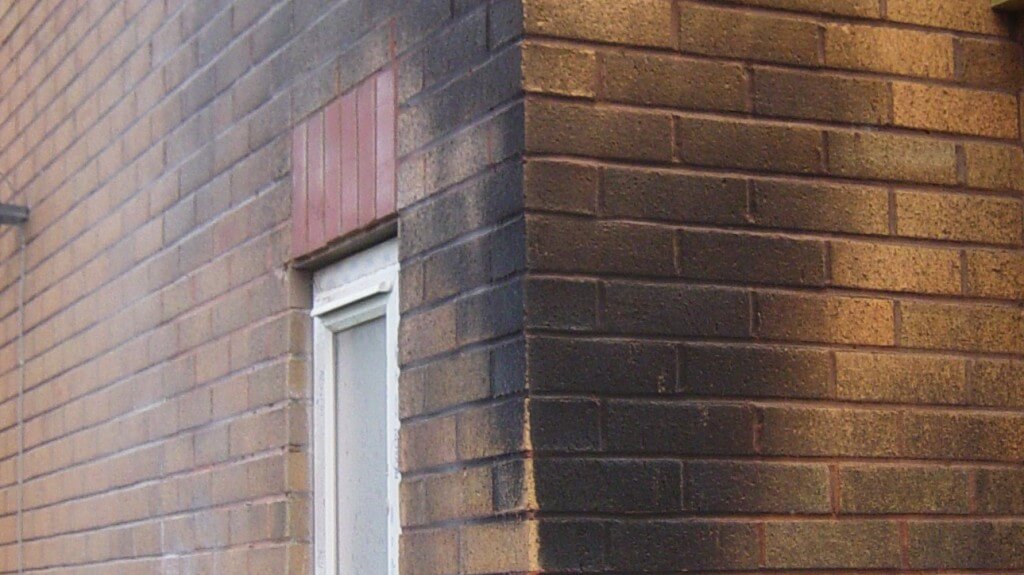You may be aware that there are several types of smoke detector, but you may not know what the differences between them are.
This article will explain the various types of smoke alarm, what each one does, and where they are best suited, helping you to make the most appropriate choice.
Ionisation Alarm
Ionisation alarms are the cheapest type of alarm available. They work by using a small radioactive source to generate a current within the alarm. If smoke enters, it causes the current to change. Once too much smoke has been detected, the alarm will sound.
This type of alarm detects the invisible smoke particles given off by fast-burning fires such as those caused by burning clothes, bedding or paper. Their sensitivity means that they are not suitable for use in or near kitchens, as they are prone to false alarms caused by cooking. They are well suited to bedrooms or landings.
Optical alarm
Optical alarms use infrared beams to detect smoke. They are more expensive than ionisation alarms and are suitable for use throughout most of the house.
They are good at detecting the larger smoke particles from slow, smouldering fires, such as those caused by overheating wires. They are recommended for use in bedrooms, living rooms, dining rooms, landings and hallways. They are not suitable for use in a kitchen but may be installed nearby.
Heat alarm
Heat alarms do not detect smoke at all but instead alert you to an unexpected rise in temperature. They do this by using a thermistor to measure the air temperature. Once it reaches a set limit (around 58°C), the alarm will sound.
Heat sensors are therefore ideal for kitchens because they do not give false alarms when cooking causes smoke or steam. They are also suitable for use in garages, as they won’t be triggered by exhaust fumes or dust from machinery. They should not be used in other rooms in the house, as they don’t provide the quick response that a smoke alarm will give.
Combined alarms or multi-sensors
A combined or multi-sensor alarm contains both optical and heat sensors, so it can detect both smoke and heat. This allows it to respond quickly to all types of fire, whether that be a slow, smouldering fire or a fast-burning blaze.
As both sensors are constantly being intelligently monitored, it is very unlikely that a false alarm will be triggered. This type of alarm is recommended for bedrooms, living rooms, dining rooms, landings and hallways.
Battery alarms
Most smoke alarms are fitted with a battery, which must be replaced once a year. You should test your alarm at least once every six months by pressing the ‘test’ button to ensure that it is still in good working order. If the battery starts to run low, the alarm will alert you with an intermittent chirping noise. You should then replace the battery as soon as possible.
You can also buy sealed alarms that come with a 10-year battery, meaning that you don’t need to worry about replacing the battery throughout the alarm’s life. You will need to replace the whole unit once the battery has run down.
Mains alarms
Mains alarms are connected to your house’s electricity supply, so you don’t need to keep replacing the battery to maintain good working order. They also have an inbuilt battery to ensure that they will still function in the event of a power cut.
All new buildings in the UK are required to have mains alarms fitted, as well as properties that have undergone a significant refurbishment. Because installation requires working with mains electricity, they must be installed by a qualified electrician.
Interconnected alarms
Interconnected alarms provide an additional level of safety by ensuring that if one alarm is triggered, all other alarms also sound. This means that no matter where you are in the property, you will be able to hear the warning. Alarms can be connected wirelessly using radio frequencies, preventing the need for complicated or disruptive cable installation.
Stay safe
Whatever type of alarm or combination of units you choose, make sure to buy from a reputable company. Check that the alarm displays the BSI kitemark symbol and/or the CE Mark, showing that it complies with European safety standards.
Remember that only working smoke detectors save lives, so be sure to test all smoke alarms at least every six months.


